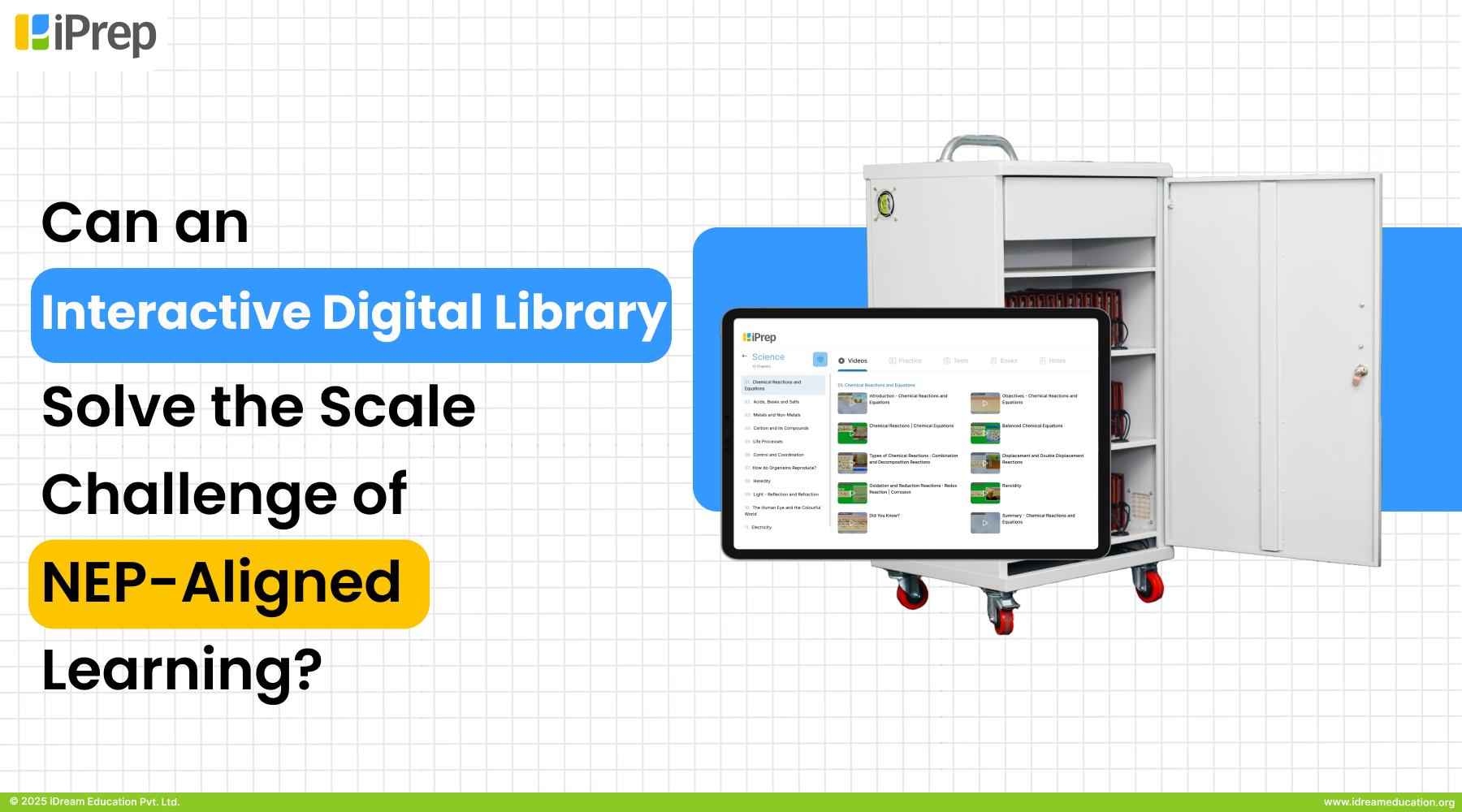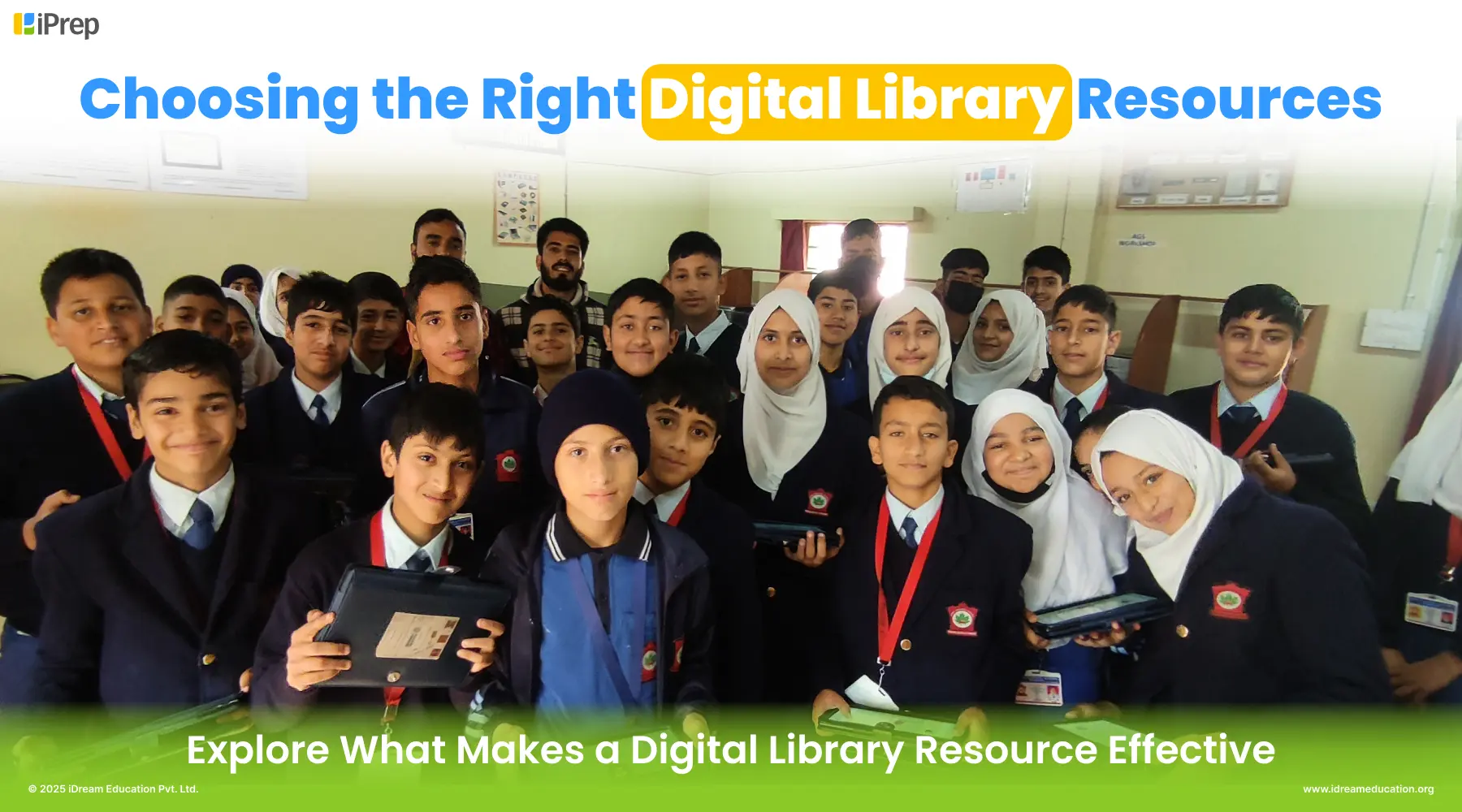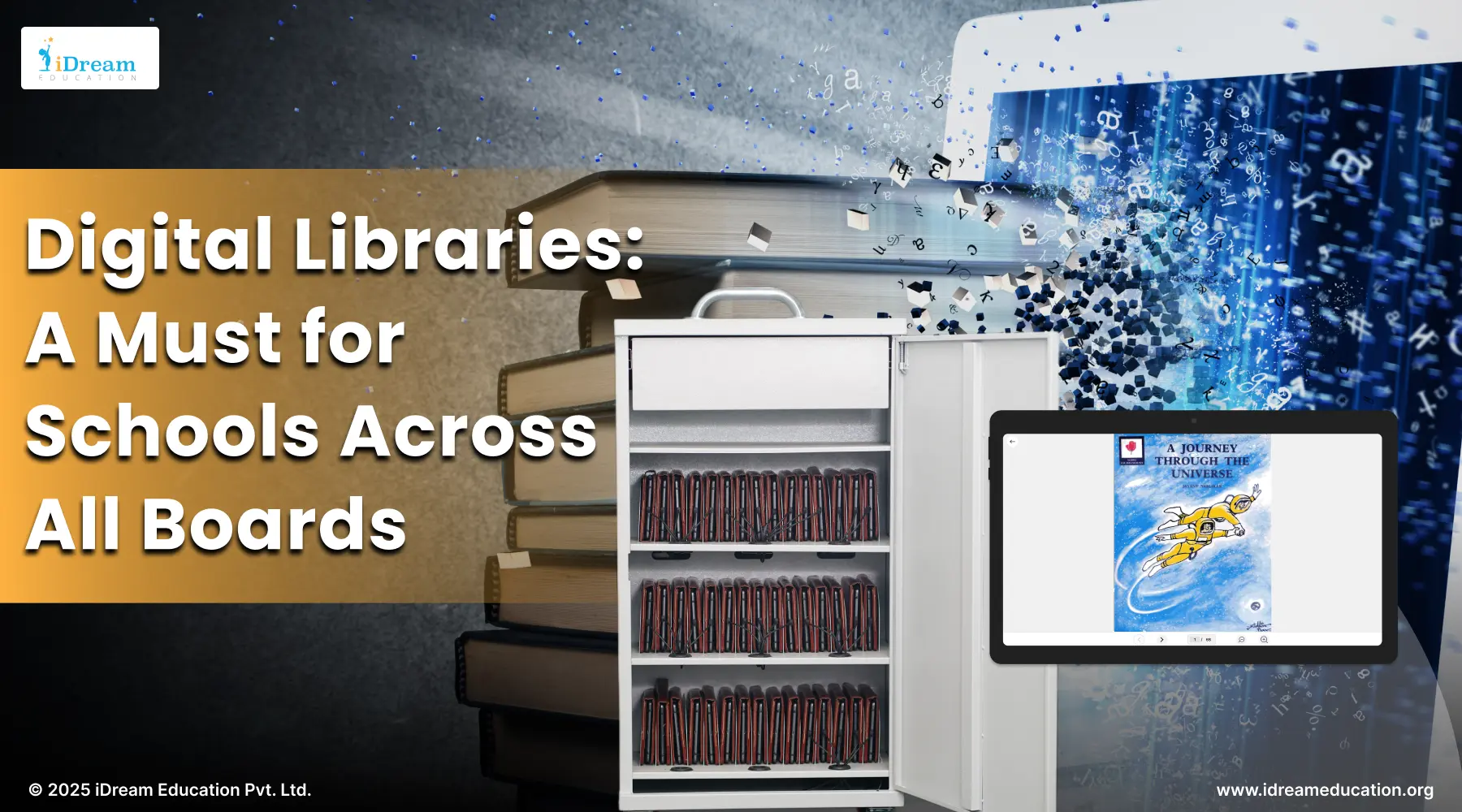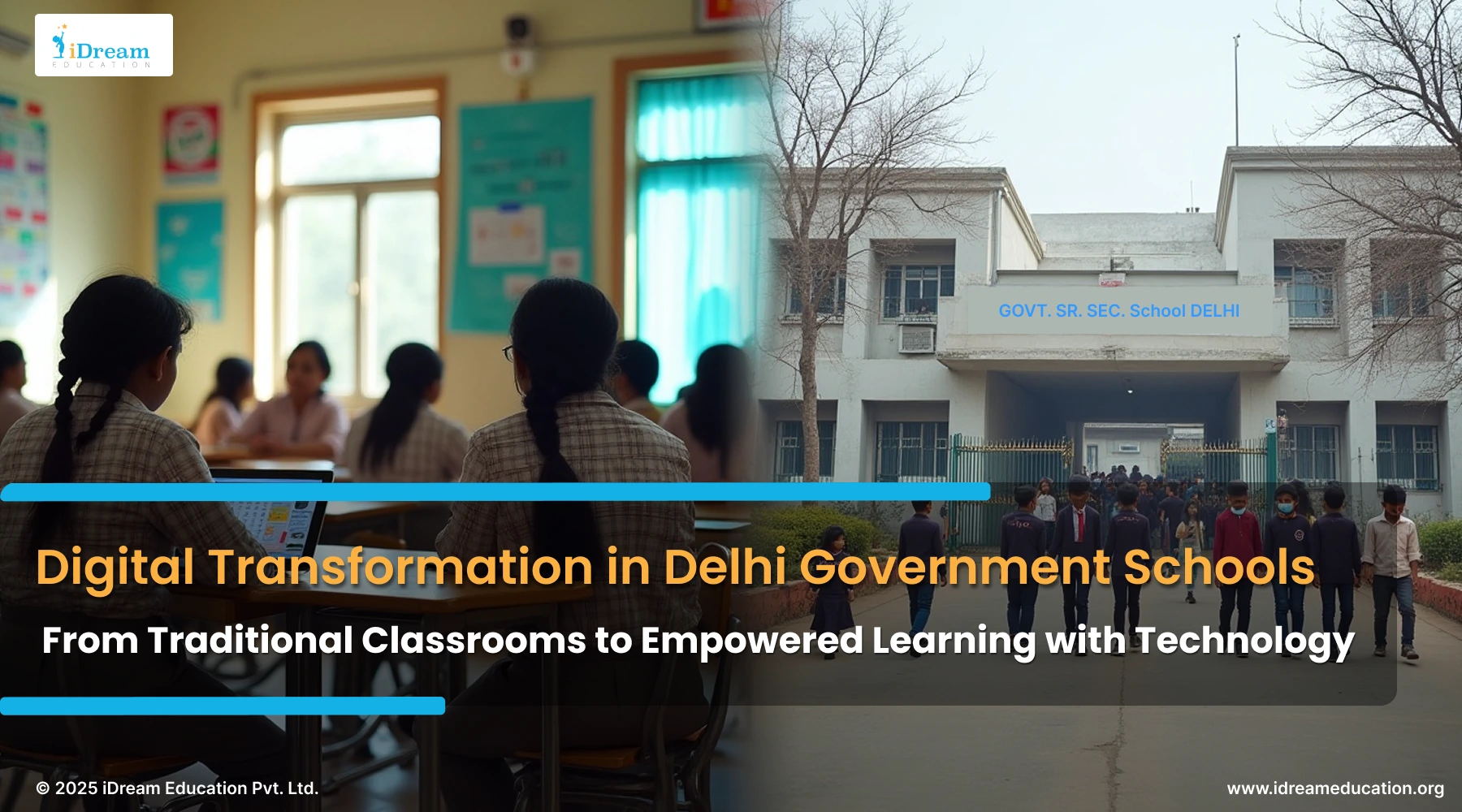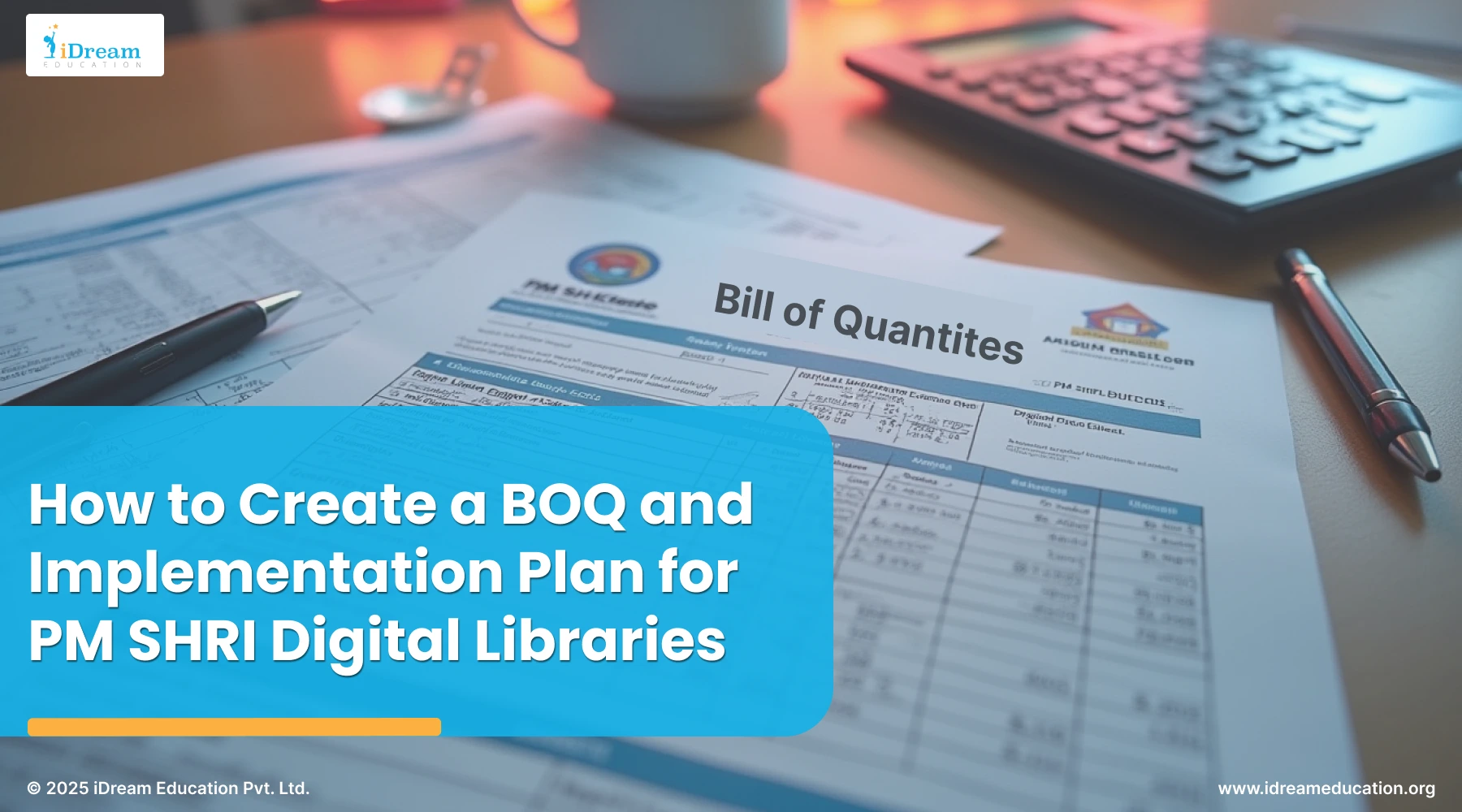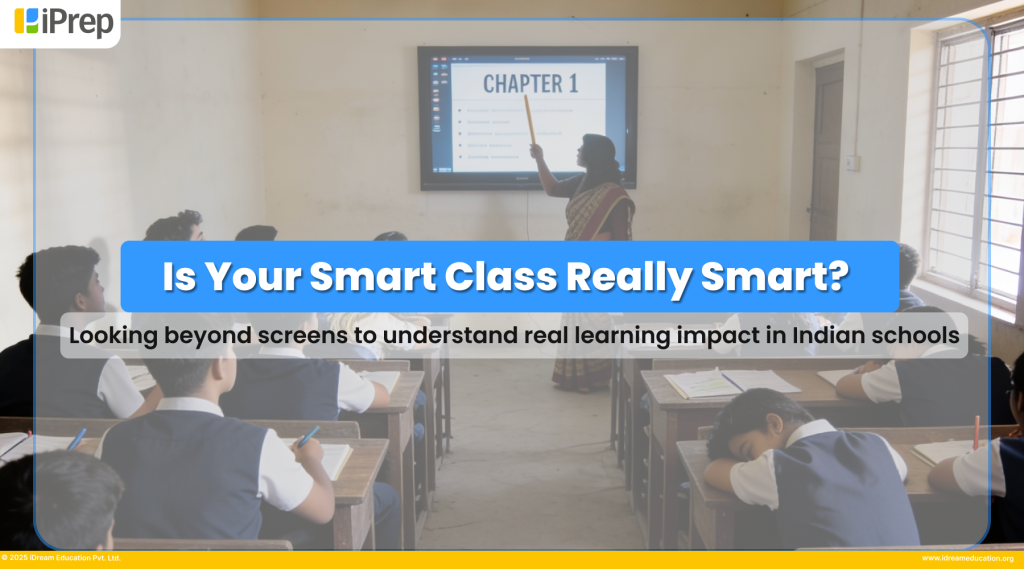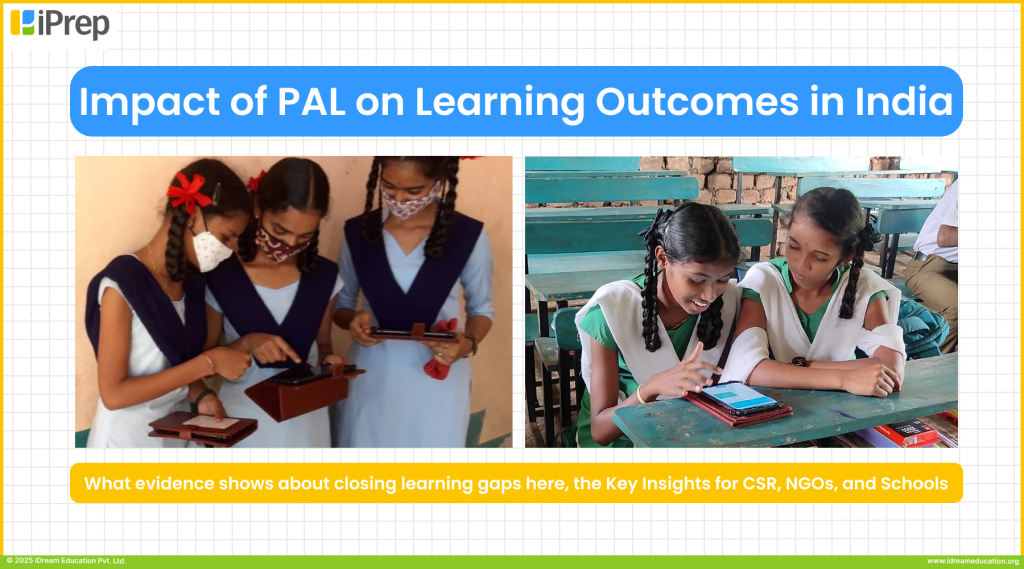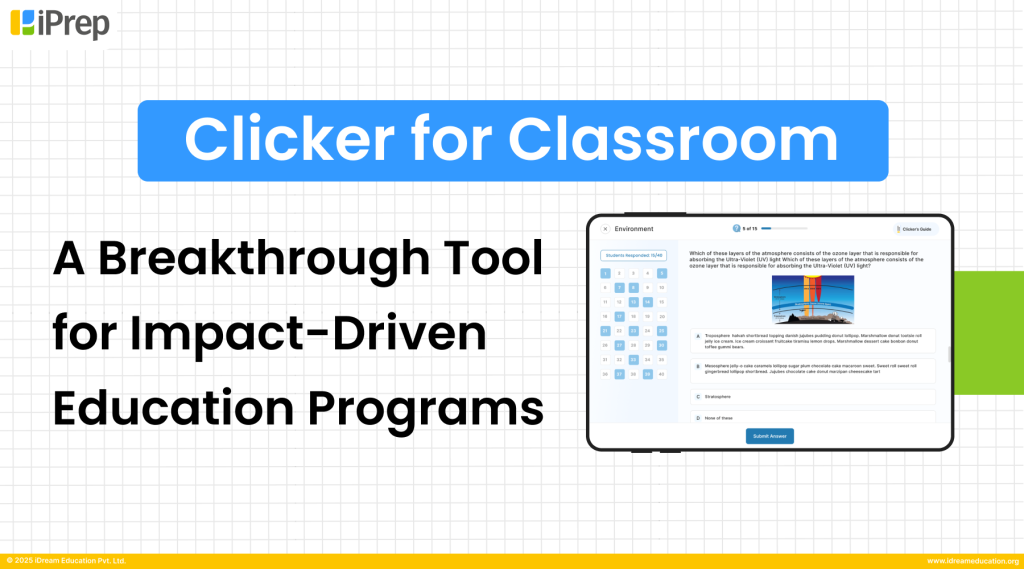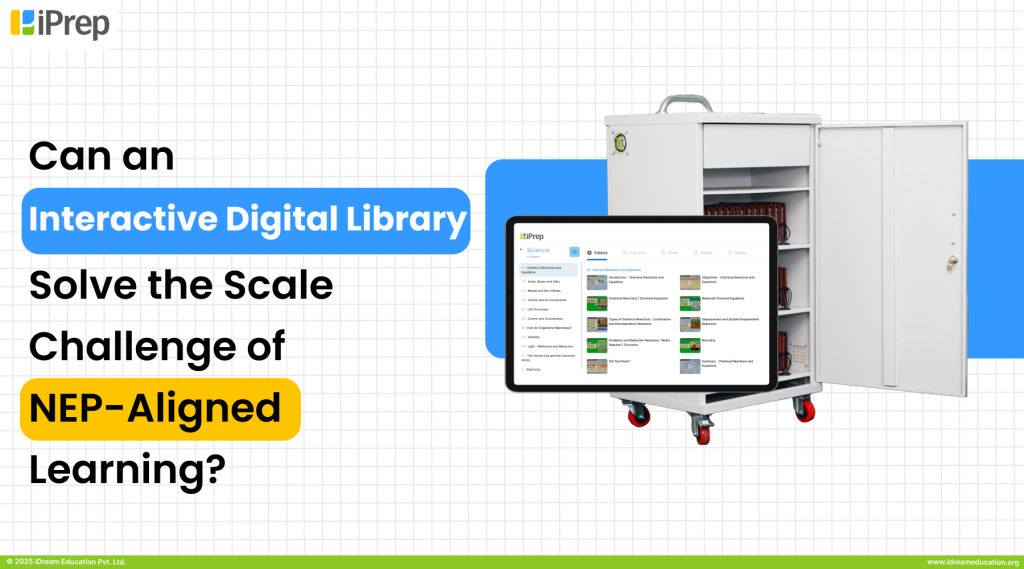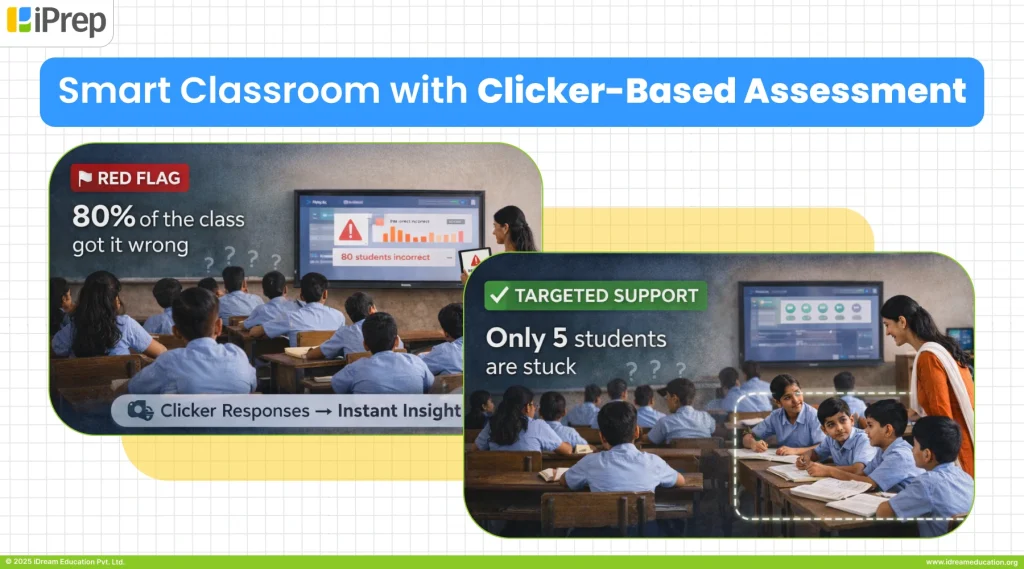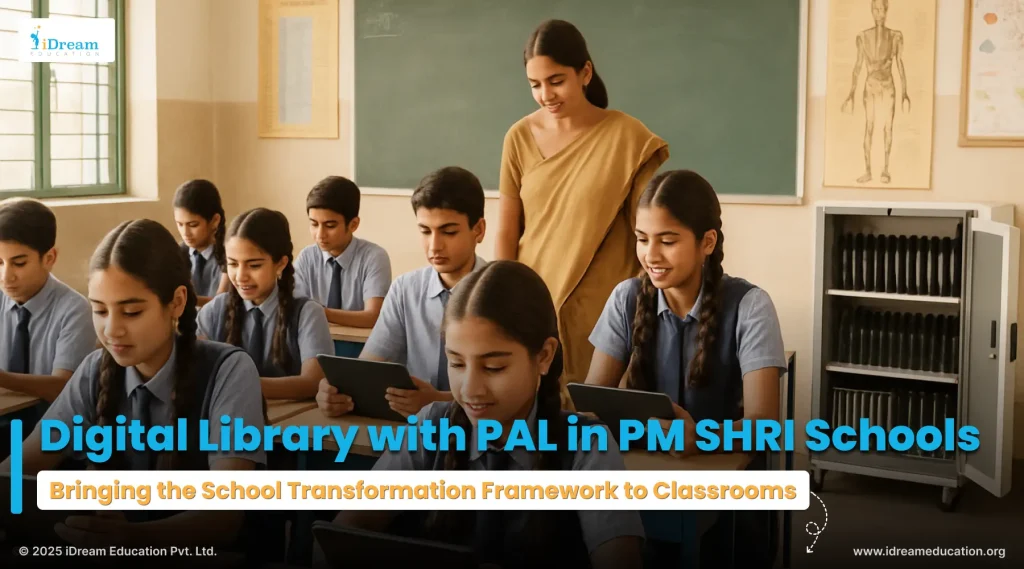
To systematically upgrade schools into model learning environments, the Ministry of Education introduced the PM SHRI (PM Schools for Rising India) scheme. It is a flagship initiative that aims to translate the vision of the National Education Policy (NEP) 2020 into real, on-ground transformation.
To support this, the Ministry released three guiding frameworks that together serve as a roadmap for PM SHRI schools:
- Part I: Pillars of School Transformation, outlines the foundational principles. This includes inclusive pedagogy, access to quality infrastructure, teacher capacity, and student satisfaction.
- Part II: Programmatic and Financial Norms providing practical, activity-based guidance and budgeting directions for schools.
- Part III: School Quality Assessment Framework (SQAF), a tool to help schools assess their progress and plan further improvements.
While each framework contributes to building well-rounded, future-ready schools. One particular powerful focus area lies within the second part – access and infrastructure. This is where the Digital Library with PAL in schools emerges not just as add-ons, but as central enablers of transformation.
Far beyond simply digitizing textbooks, this approach creates a smart, inclusive, and student-responsive learning environment. A learning approach where content adapts to individual needs, and every student can learn at their own pace.
Explore complete state-wise details of PM SHRI Schools directly on the PM SHRI Dashboard
Let’s take a closer look at how the Digital Library with PAL, envisioned in the 2nd Part of the PM SHRI framework
As per the Programmatic Norms, schools are encouraged to set up digital libraries. e-Libraries comprising tablets with pre-loaded educational content for students of Upper Primary level and above. This ensures that every student, regardless of background or pace of learning, can interact with quality digital resources at their own level.
To make this possible, the framework supports schools through:
- Non-recurring grant: Provision of up to 40 tablets per school, with a one-time grant of up to ₹15,000 per tablet.
- Recurring grant: An annual provision of up to ₹50,000 for content upgrades, device maintenance, and to integrate innovative techniques such as AR/VR and haptics.
But funding is only part of the solution. The real transformation comes through how schools implement this vision.
Therefore, the framework outlines suggestive actions that turn the digital library into a daily, integrated learning tool:
- Make tablets accessible to students with preloaded educational content. Tablets to students not as occasional tools, but as a regular part of their learning day.
- Plan a balanced timetable and schedule to ensure the tablet-to-student ratio. This is to support equitable access and quality usage time for every learner.
- Initiate creative incentives through classroom rewards, recognition systems, or group-based activities. This is to encourage all students to participate actively.
- Align daily lesson plans with digital content so that what students learn through the tablets complements what is taught in class. This is to create a cohesive learning loop.
- Provide worksheets and tasks linked to the digital content. This gives students a way to reflect, apply, and deepen their understanding.
- Adopt a Personalized Adaptive Learning (PAL) approach. Digital Library with PAL allows students to interact with content at their own level and pace, which is especially beneficial in classrooms with varying learning needs.
- Update tablet content regularly based on student progress and feedback. This ensures that the learning material stays relevant, fresh, and aligned with curriculum goals.
These steps ensure that the Digital Library with PAL is not a standalone element, but a deeply embedded part of the teaching-learning process. When thoughtfully implemented, it allows students to take ownership of their learning. On the other hand, gives teachers valuable support in addressing diverse classroom needs.
PART 2 PM SHRI Framework by MoE also outlines STANDARDS which says,
To support Digital Library with PAL, schools must also ensure the presence of ICT labs or smart class facilities, seamless internet connectivity, and mechanisms for content relevance and periodic updates. These steps help ensure that the digital library is not a static resource but an evolving space that grows with the needs of students.
But the question now is – do we have solutions that make this easy to set up in schools across India?
Let Look at How we can translate Digital Library with PAL into meaningful reality as per aspirations of PM Shri
To truly bring the Digital Library with PAL into meaningful, widespread reality as envisioned in the PM SHRI frameworks – what we need is digital library infrastructure that is simple, adaptable, and inclusive. A solution that doesn’t depend on a school’s location, available space, furniture, or extensive civil changes. Instead , we need a solution that aligns effortlessly with what the framework aspires to achieve: personalized, equitable access to quality digital learning for every student.
At iDream Education, we have been working and aligning closely with various government-led education initiatives. This is why our Digital Library with PAL exactly matches what is envisioned in the PM SHRI framework of school transformation.
What Does It Take to Set Up a Digital Library with PAL in Schools?
We’ve created a digital library solution that is easy to deploy, independent of infrastructure constraints, and built to empower both students and teachers from day one. Whether the school is in a remote village or an urban area, whether there is extra space or not, the entire setup is built to be plug-and-play, mobile, and accessible. Here’s what makes the setup complete and aligned with the PM SHRI vision:
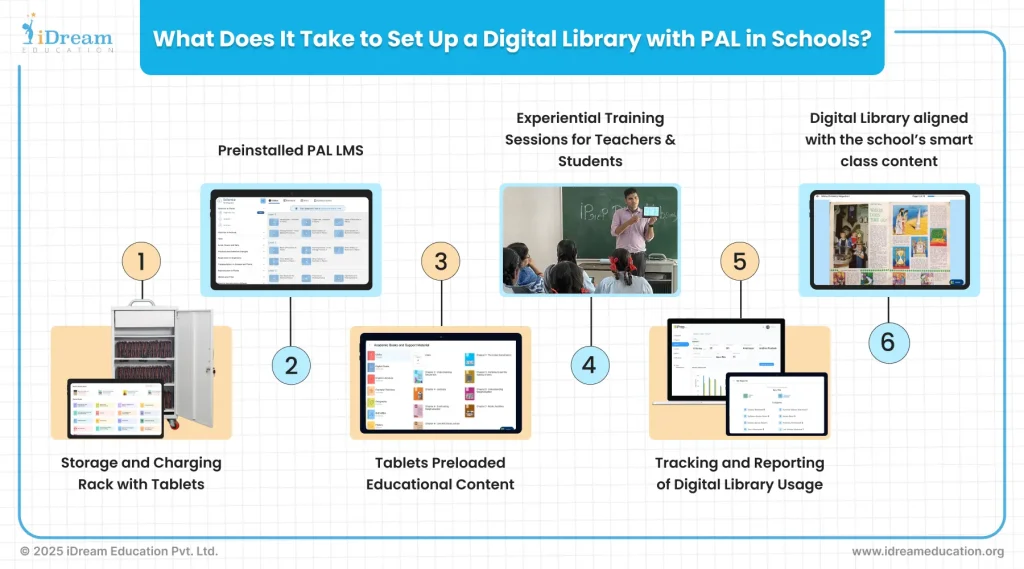
Storage and Charging Rack with Tablets
- At the core of the setup is a smartly designed storage and charging rack. The rack houses 5-60 tablets, making this your complete Digital Library. It can be placed in any classroom, lab, or even a staff room. Moreover, the charging rack can be easily moved from one location to another as per the timetable and schedule. This will ensure the tablet-to-student ratio is balanced offering equitable access and quality usage time for every learner.
- This mobility ensures that every student gets access, regardless of classroom size or school layout. The tablets can be stacked, stored, and charged together, making device management effortless for the school staff. With this, the Digital Library becomes flexible, portable, and usable throughout the school day. This is exactly as suggested in the PM SHRI programmatic norms.
Preinstalled PAL LMS
- Each tablet in the setup comes preloaded with iPrep’s Adaptive Library LMS, built to accommodate all users. PAL LMS is designed for least tech-savvy to the most confident. Its universal design and simple navigation ensure inclusivity. While, the personalized engine behind the scenes offers each student a unique learning path.
- Based on diagnostic scores, practice, and performance, the PAL LMS adapts and recommends content that helps students bridge historical learning gaps, build mastery, and progress at their own pace. This turns every device into a personal mentor, while also supporting teachers with insights and data-driven planning.
- Basis student’s progress on PAL and mastery of topics, teachers can create creative incentives. This could be classroom rewards, recognition systems, or group-based activities.
Tablets Preloaded Educational Content
- Every tablet comes with preloaded content aligned to the school curriculum, including: remedial video lessons and adaptive practice questions. With this students also get access to other curriculum aligned content such as syllabus books, notes, worksheets, workbooks and so much more.
- All the content can be accessed fully offline, ensuring uninterrupted learning even in areas with limited or no internet
- The content on the tablets is updated annually to reflect the latest changes in NCERT and state education goals.
Experiential Training Sessions for Teachers and Students
- To ensure smooth and effective adoption, we conduct on-ground experiential training sessions at the time of installation. These sessions are designed to empower both teachers and students. The experiential session gives them the confidence to make the best use of the Digital Library with PAL. The training covers all essential aspects, including: Managing and handling the tablets, charging all devices simultaneously, locking and securing the charging rack, navigating the PAL interface, tracking student usage, progress, and mastery.
- Moreover, our support doesn’t stop at the first session. Follow-up training is conducted based on real student usage and progress data, which is continuously tracked through a centralized reporting dashboard. This ensures that the training remains relevant, responsive, and focused on improving learning outcomes over time.
Tracking and Reporting of Digital Library Usage
- An essential part of any impactful digital library with PAL is the ability to track usage and learning progress and that’s exactly what the PAL LMS enables. The system captures detailed data on: Who is using the library? How frequently do they access it? What types of content are being used — whether books, videos, quizzes, or other formats. Breakdowns of usage is by individual student’s usage of content category, grade level, and time spent
- This usage data gives deep insights into student learning behaviour. This highlights which content is most engaging, where students are struggling, and which resources may need enhancement.
- For implementing partners, school leaders, and project administrators, this data becomes a powerful tool. This helps them fine-tune the content strategy, and ensure that every update is based on real needs and usage patterns.
Digital Library aligned with the school’s smart class content
- All the content in digital libraries with PAL can be aligned with smart classes in schools. This allows seamless integration between classroom instruction and self-paced tablet-based learning. Teachers can confidently plan lessons and assign tasks that complement digital usage, as recommended by the PM SHRI guidelines.
Together, these components form a complete Digital Library with PAL that’s ready to implement. It’s not just a solution, it’s a digital library infrastructure built to deliver the exact outcomes that the PM SHRI initiative hopes to achieve: inclusion, personalization, ease of access, and most importantly, empowered learning for every child.
If you are exploring a Digital Library with Personalized Adaptive Learning (PAL) for your school, we would be happy to guide you. You may contact us at +91 7678265039 to schedule a demo and see how our solution seamlessly aligns with the PM SHRI School Transformation framework laid out by the Ministry of Education. You can also write to us at share@idreameducation.org or share your details here.


